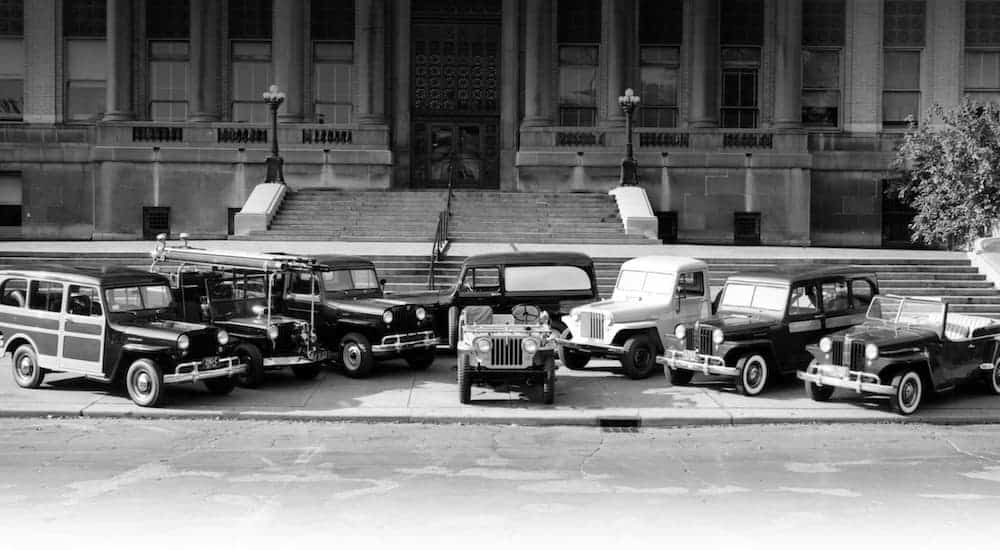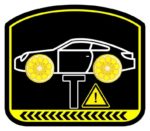From picking up the first horseless carriage at the local wagon factory to purchasing the most recent electric vehicle from an online car dealership, buying and selling cars has changed quite a bit over the last 130-odd years. But as with so many things historical, it’s worthwhile to know where we’ve been, so we can have a better sense of where we’re going. It’s even more important to look at the history of buying cars to see how things have changed for the better, to ensure we don’t regress and lose out on the progress we’ve made.
Today, I’m going to take a quick look at the history of the auto industry from the perspective that really matters most: that of the car buyer. We’ll look at how it all started, why certain things happened over the decades, and what changes really benefited, or hurt, car buyers the most. Finally, I’ll go over what car buying looks like right now, with the kinds of options available to you – such as online car dealerships – to see what’s available. If I’m feeling particularly plucky, perhaps I’ll even consider what the future might hold.
How it All Began
The first car sales go back to the 1880s, which is when Karl Benz (yes, of Mercedes-Benz) patented his design for a gas-powered vehicle. Called the “Motorwagen,” this is one of the very first, if not the definitive first, vehicles of its kind. Throughout the late 1880s and early 1890s, Benz sold about 25 of these Motorwagens. But despite its slow start, the auto industry soon took off. By 1903, roughly 60,000 automobiles were being built every year – and those automobiles had to be sold somehow.
In the beginning, cars were sold directly from the factory that manufactured them. Benz was the leading name in Europe, while here in the United States, the first commercial sales were made by the Duryea Motor Wagon Company of Springfield, Massachusetts. However, this sales model had obvious limitations – you had to either live near the manufacturer to buy one of its cars or figure out some method of having it delivered.
That changed in 1898, when Fred Koller opened the Reading Automobile Co. in Reading, selling automobiles that were made in Cleveland. It is believed by many that this was the first dedicated auto dealership in the United States – while there are others that preceded it, they had originally been carriage sellers and then began selling automobiles. The Reading Automobile Co. started by selling cars, and that sets it apart. Winton cars, which is what Koller sold, went for about $1,800 to $4,500 each, depending on the features and model.
The Great War(s)

As you might expect, the World Wars had quite an impact on auto sales here in the US and throughout the rest of the world. In particular, the rationing and requirements for metals and other materials for use in World War II brought much of the auto industry in the US to a halt – some manufacturers thrived by producing vehicles for the war, but consumer sales were minimal at best. The Great Depression had taken away the ability for most people to buy a car, and the war made them scarce.
Many of the manufacturers we still have today produced vehicles for the military during the World Wars. The modern Jeep obviously owes its creation to World War II, and a lot of improvements and developments in the auto industry came from war-time ideas. Car buying among the civilian population might have stagnated, but the car companies did just fine.
The Car Boom
Following World War II, there was a tremendous boom in prosperity here in the US. That meant that soldiers returning from the war, as well as their families at home, had more buying power than ever before and typically had more money. This caused a boom in manufactured items in general – with surges in home buying, home appliances, and of course, cars.
The Car Boom in the US that followed the war was tremendous, as manufacturers could put their technology and materials into making cars for the civilian populace again. During this time, there was little-to-no oversight on how vehicles were priced and sold to people – dealerships were essentially free to handle business however they wanted. That is, however, until 1958, when senator Almer Stillwell Monroney introduced legislation that would require dealerships to place stickers on their vehicles that clearly listed the recommended price and other specs. These became known as Monroney stickers and are the first instance of regulations on the auto industry specifically designed to protect and inform customers.
Throughout the 1960s, the car boom continued, and sales were very good. In general, people would replace their cars about every couple of years, though it was quite common for people to keep driving their favorite vehicle for much longer. Used car sales also became quite prevalent during this time and continue to be a thriving market today. You can find a lot of classic used models from the 1950s and 1960s, in large part due to the high numbers of them produced and sold during this Boom.
The Oil Crisis
Things changed in the 1970s when the oil crisis made cars more expensive to produce. Of course, that was passed on to customers (as it always is), so cars also became more expensive to buy. Since gas was also scarce and far more expensive, people began looking for vehicles with much better gas mileage. One side effect of this was the rise of smaller Japanese and European cars, which had been designed for less affluent foreign markets and had a lower cost of ownership than the large American models.
As cars became more expensive, the idea of leasing a vehicle also became more popular. Leasing was not a new concept, though it was not particularly popular prior to this time. People liked the idea of being able to drive and enjoy a new vehicle without committing to the high cost and long-term investment of buying one. Leasing continues to be a popular option among many people today, particularly those that do not want to own a vehicle and enjoy getting to use the newest features every few years.
Modern Solutions
In recent years, the internet has dramatically reshaped how people buy and sell everything, and the auto industry is no exception. A decade ago, very few people would’ve considered the idea of buying a car online, but today, online car dealerships are becoming more common and more popular. The ease and convenience of shopping online, has made the idea of a future strictly built on online car dealerships more probable than ever before. In fact, the fastest-growing new auto manufacturer in America – Tesla – does not have a traditional dealer network and instead sells all its cars online straight from the factory. However, rather than being a new idea, this is really nothing more than a modern take on the mail-order cars of the late 1800s.
Future Options and Possibilities
Does that mean we will see the end of the traditional car dealer? I don’t think so, at least not for a long time. There are still plenty of people that prefer to buy a car after seeing it in person, going for a test drive, and looking their salesperson in the eye. But I’m not sure that kind of practice is transferring to new generations – not when the simplicity and convenience of online shopping have become so prevalent and foolproof.
For now, the dealers that have the most success are those that have been able to adapt. Most major dealerships now offer a blend of in-person sales for customers who prefer tradition and online resources for customers who want a more modern approach. However, dealerships that can’t adapt to these changes are likely to be left in the dust alongside video rental stores and print-only magazines.





